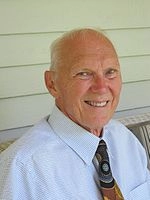How to Pronounce Donald D. Clayton
#50
Most Popular
Boost
Mar 18, 1935 89 years old
American astrophysicist
PiscesDonald D. Clayton, Date of Birth, Place of Birth, Family, Facts, Age, Net Worth, Biography and More in FamedBorn.com

American astrophysicist
Pisces